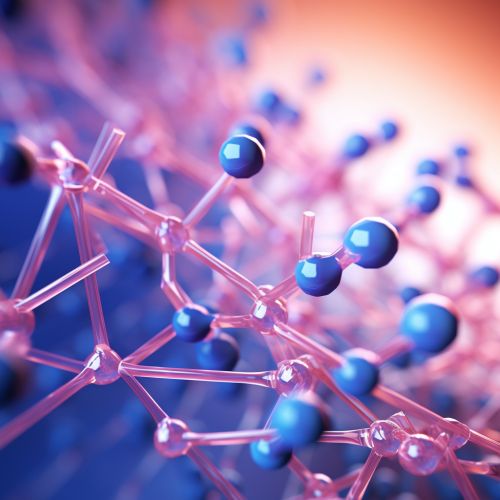Molecular docking
Introduction
Molecular docking is a computational procedure that predicts the preferred orientation of one molecule, the ligand, when bound to a second molecule, the protein, to form a stable complex. The process is used in the field of computational chemistry to model the interaction between two molecules, typically a small molecule and a protein. The goal of molecular docking is to predict the binding mode and binding affinity of the small molecule in the protein's active site.


Background
The concept of molecular docking is rooted in the lock-and-key model proposed by Emil Fischer in 1894, which describes the interaction between an enzyme and a substrate. In the context of molecular docking, the protein is often referred to as the "lock" and the ligand as the "key". The lock-and-key model was later refined by Daniel Koshland in 1958 to the induced fit model, which allows for conformational changes in the protein upon ligand binding.
Principles of Molecular Docking
Molecular docking involves three fundamental components: the search algorithm, the scoring function, and the treatment of ligand and protein flexibility.
Search Algorithm
The search algorithm is responsible for exploring the conformational space of the ligand and the protein to identify potential binding modes. There are several types of search algorithms used in molecular docking, including systematic search, random search, genetic algorithms, and Monte Carlo simulations.
Scoring Function
The scoring function is used to evaluate the binding affinity of each potential binding mode identified by the search algorithm. The scoring function is typically a mathematical model that estimates the free energy of binding, taking into account factors such as van der Waals interactions, electrostatic interactions, hydrogen bonding, and desolvation effects.
Ligand and Protein Flexibility
The treatment of ligand and protein flexibility is a critical aspect of molecular docking. Most docking algorithms treat the ligand as flexible and the protein as rigid, although some algorithms allow for limited protein flexibility.
Applications of Molecular Docking
Molecular docking has a wide range of applications in the field of drug discovery. It is used in virtual screening to identify potential drug candidates from large databases of small molecules, in lead optimization to improve the binding affinity of a lead compound, and in structure-based drug design to design new molecules with desired binding properties.
Challenges and Limitations
Despite its many applications, molecular docking also has several challenges and limitations. These include the accuracy of the scoring function, the computational cost of the search algorithm, and the treatment of ligand and protein flexibility. Furthermore, molecular docking is based on a simplified model of molecular interactions and does not take into account the dynamic nature of proteins and ligands.
Future Directions
Future directions in the field of molecular docking include the development of more accurate scoring functions, the incorporation of protein flexibility into docking algorithms, and the integration of docking with other computational methods such as molecular dynamics simulations and quantum mechanics calculations.
